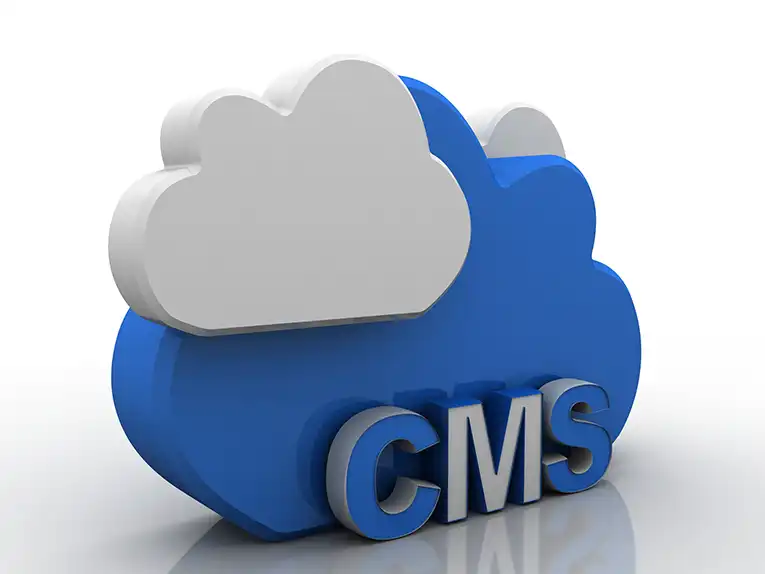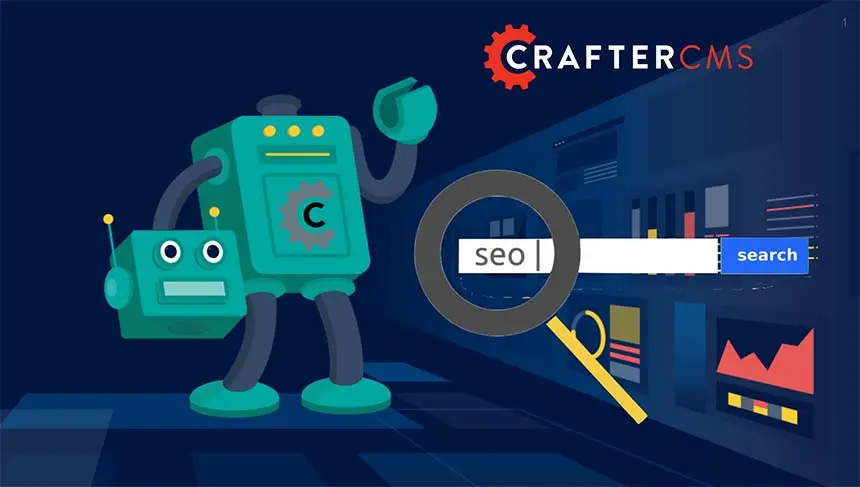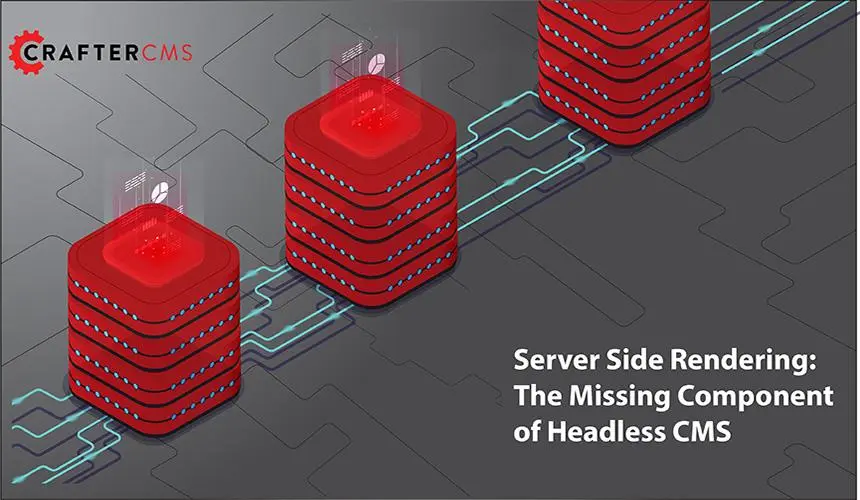Why Java Still Rocks

Amanda Jones

While many industry leaders speculated that Java will eventually become less popular as new programming languages are released every year, so far this hasn’t been the case. In fact, Java is still the highest-rated programming language and has been highly rated for decades. That’s because these new languages and technologies don’t offer the stability, reliability, and developer community that enterprise IT teams look for.
Meanwhile, the ranking of PHP — once the most popular language — continues to plummet as developers look to better alternatives. Let’s take a closer look at how Java has managed to remain relevant for so long and why the programming language will stay popular for a long time, especially for CMS solutions in particular.
Why Developers Like Java
Java has remained popular for a long time because it’s well supported by the developer community. Here are some of the reasons why:
Backward Compatibility
No matter the programming language, it’s crucial that companies upgrade their runtime environments frequently, so they have the latest security patches in place. The problem is that many times moving to the next version will break your code. PHP 7, for example, wasn’t backward compatible, so developers had to scramble to make the necessary code changes or forego the new release. And the same thing happens for software built atop PHP as well.
With Java, however, developers can be confident that upgrading won’t cause problems. That’s because Java keeps the features and syntax that it deprecates available for at least several major releases. This gives enterprises plenty of time to make the code changes necessary for the future. Most of the time, however, with the latest Java release your code will just work.
Standardization
Java has many enforced standards and unenforced conventions that make code easier to maintain. Other languages like PHP evolved from basic templating and scripting web technologies to full programming languages organically. As a result, these languages attempted to establish standards after they became popular instead of the languages being thoroughly designed beforehand.
Java, however, was designed from the start by taking the best syntax and patterns from other popular languages like C and C++. Some developers say Java is too “verbose”, but this only enhances the code readability of massive applications. That’s why large enterprises with millions of lines of code often choose Java as their primary language.
Community & Ecosystem
An active developer community and ecosystem is critical for any technology that companies adopt. Java has a cohesive community that provides tools, libraries, and frameworks that streamline enterprise development. And the community is strongly centralized around the Java programming language itself.
PHP, on the other hand, has a very fragmented developer ecosystem based around smaller communities and minor projects. That’s because most PHP developers specialize in specific frameworks like Laravel or Symfony, or even particular CMS solutions like WordPress, Drupal, or Joomla. It’s harder to find the technical expertise necessary when developer talent is highly specialized and fragmented.
Why Java Is Ideal as a CMS Back-end
Beyond the benefits of Java for most large software projects, the language is ideal for CMSs specifically. Here are the primary reasons why the best CMS solutions are built with Java.
Reliability
The Java language — and the software that is built with it — is generally more stable than with other programming languages. That’s because Java has a number of checks to catch errors during compile time, while non-statically typed languages like JavaScript and PHP will only fail at runtime.
In addition, Java can offer more reliable performance because it’s easier to scale horizontally and distribute workloads with the J2EE stack. PHP software, however, is most often deployed with a monolithic LAMP stack. This isn’t ideal for delivering reliable performance because it relies heavily on MySQL, while J2EE is more flexible with the related technologies it can integrate with.
Integration
With the popularity of Java, it’s likely that most enterprise organizations are already using the technology for many of their business applications. That means a Java CMS is vastly easier to integrate with their existing tech stack to create a unified marketer experience.
In addition, Java was created to run on nearly any machine from the start. That means most Java software can be deployed to most application servers on whichever operating system an enterprise prefers. And it simplifies the requirements for IT operations, as they don’t need to set up and maintain environments for many different programming languages.
Security
Keeping content and consumer data secure is critical, yet many CMSs have inherent security flaws because of the technologies they rely on. Take Drupal, for example, which has had numerous security flaws in the past (and likely will have them in the future, too).
A Java CMS, however, will run on the JVM — Java Virtual Machine — which keeps the code contained within a sandbox and limits access to the server it’s running on. That’s in addition to handling memory management, garbage collection, and other low-level tasks that are more error-prone and vulnerable to security leaks when done manually by developers.
CrafterCMS: The Git-based, Open Source Java CMS
Crafter recognizes the value in Java for the long-term, and the CMS has been built to better utilize the programming language’s core benefits. More specifically, the platform leverages the reliability, security, and integration capabilities of Java-based software for its back-end.
CrafterCMS has adopted the widely used and open source Spring framework, enabling developers to familiarize themselves with the platform quickly. In addition, Crafter leverages a Git-based content repository, which makes it even more straightforward to integrate the platform into modern DevOps processes and tooling. Finally, CrafterCMS is highly secure and scalable, thanks to its clean Java code-base and microservices architecture.
While Crafter leverages the Java language to deliver quality software, developers need not touch Java to build apps and sites on the platform. With Crafter’s headless+ capabilities, developers can choose from the FreeMarker templating language, or native REST APIs and GraphQL, (along with Java APIs and the Groovy scripting language) to build their digital experience apps. So CrafterCMS offers the best of both worlds -- a rock-solid Java-based back-end couple with the flexibility for developers to build front-ends using their languages, tools, and frameworks of choice. All of this in a single, open source CMS platform.
Enterprises need to choose well-built software that is secure, scalable, high performance, and easily maintainable, and that’s why a Java-based platform like CrafterCMS is ideal.
Related Posts

Building Personalized Digital Experiences for a Cruise Liner

Sara Williams

CrafterCMS Wins More G2 Awards Spring 2024

Amanda Lee

What Is a Cloud CMS? (Unlocking the Benefits of a CMS in the Cloud)

Sara Williams

Headless CMS SEO (How to Do SEO Right With a Headless CMS)

Amanda Jones











